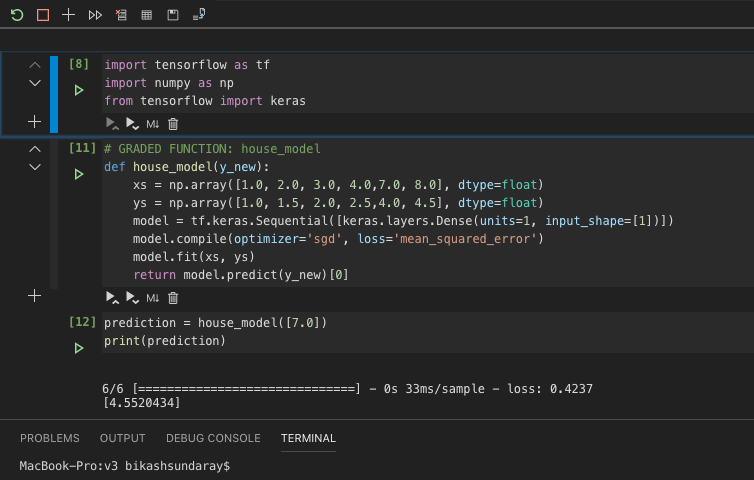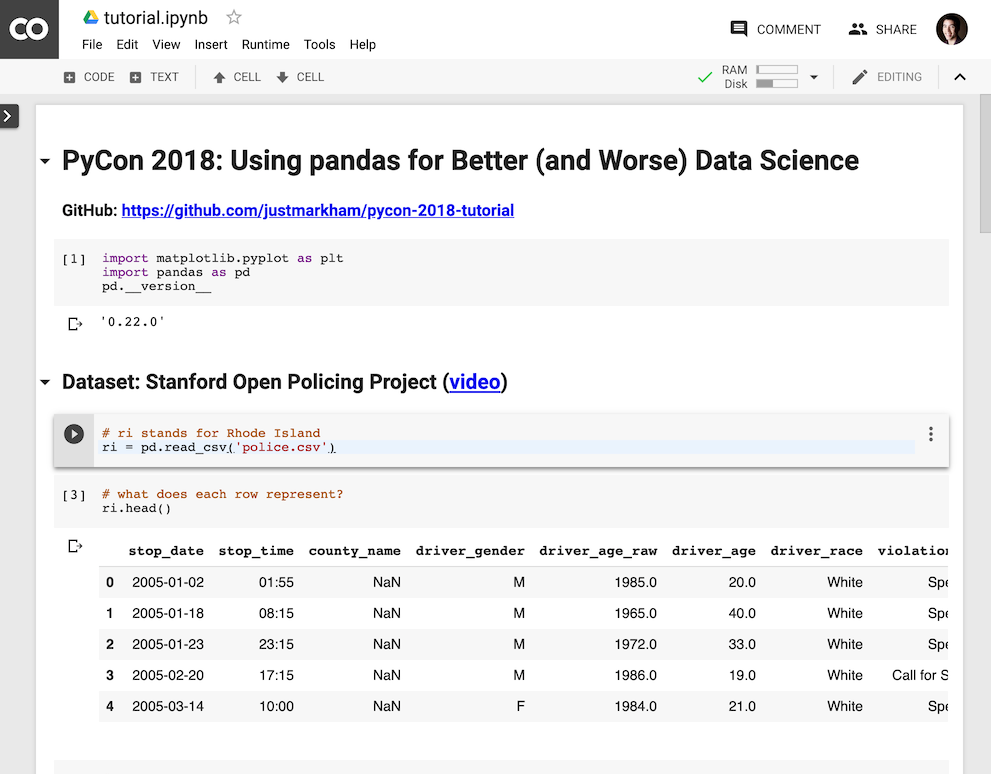
In-browser editing, syntax highlighting, tab completion and autoindentation.Include mathematical equations, rendered directly in the browser by MathJax.Compose rich text using Markdown and HTML.HTML / LaTeX / SVG) in the browser as a result of computations. Display rich data representations (e.g.#Features of the IPython Notebook app include:# The standard file extension for notebook documents is. But, by using the JSON format, they can record all aspects of the computation, including embedding rich media output. They are plain text files, which are thus easy to share with colleagues and place under version control. These notebooks are files which record all computations carried out and the results obtained in a literate way, including inputs, outputs, together with descriptive text and mathematics. It aims to be an agile tool for both exploratory computation and data analysis, and provides a platform to support reproducible research, since all inputs and outputs may be stored in a one-to-one way in notebook documents.
#.ipynb viewer online code#
The IPython Notebook is an interactive computational environment, in which you can combine code execution, rich text, mathematics, plots and rich media. Where & WhenĪdvanced Manufacturing and Design Centre - Room 206. You are most welcome to demo your own Notebooks. Experienced IPython Notebook users please come along and share your tips and tricks. We will also look at some online examples. We will briefly go through the basics of launching a Notebook and how you can make them public. This week’s Swinburne Hacker Within (SHW) topic is iPython Notebooks. If you found this interesting please subscribe to my blog.Getting the most out of IPython Notebook – If that sounds like someone you can trust, contact me. I love helping companies with Data problems. I speak at conferences, host hackathon events, and am a prolific open source contributor. I have lots of experience with these projects. ›Īre you convinced your data or cloud project will be a success?
#.ipynb viewer online download#
Īll we really need to do is download our notebooks with a little sh script and then call git commit, etc, as needed.įeel free to contact me for more information.

# let's use a personal access token # databricks|user settings|access tokens # ĭatabricks workspace ls workspace ls default format is SOURCE, also the only(?) format for export_dirĭatabricks workspace export -format JUPYTER. Here’s a couple of sample scripts that demonstrate some methods of doing notebook lifecycle using the CLI: I’ve never seen this published before, but I was poking around the Databricks CLI and noticed it can actually do all of this for you. One example, each notebook must be saved as a separate commit even though any given feature/bug may span multiple notebooks. The git integration in the Databricks UI is passable, but lacking.



 0 kommentar(er)
0 kommentar(er)
